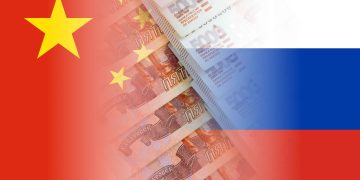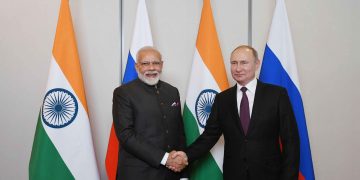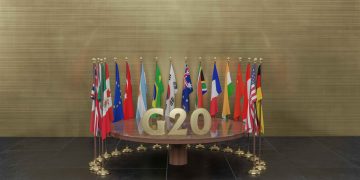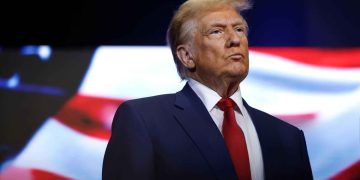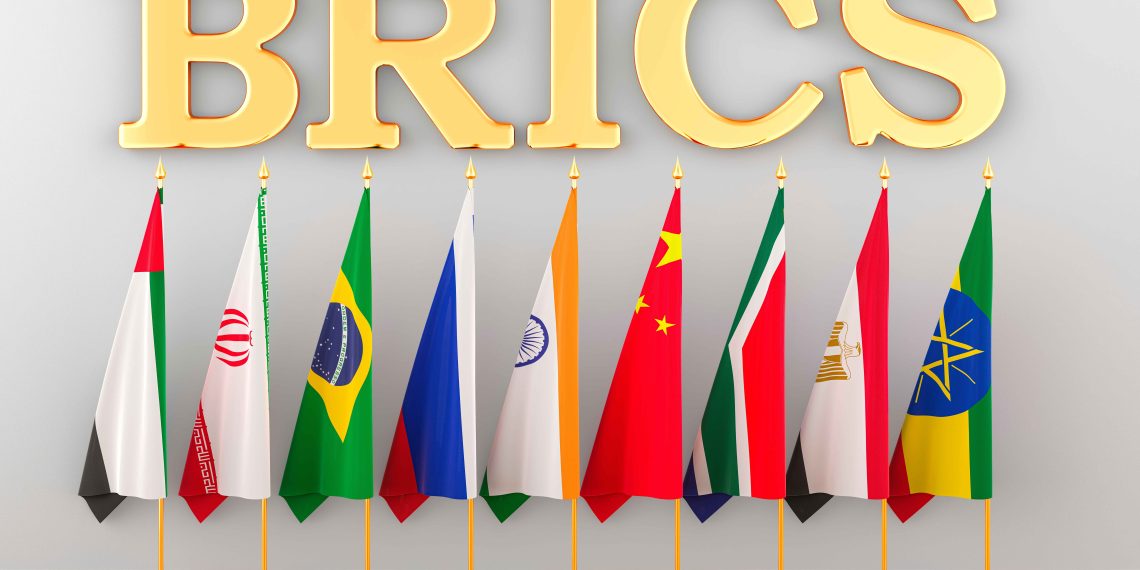Introduction to BRICS
BRICS, an intergovernmental organization established in 2006, has undergone significant evolution over the years. With Russia assuming the presidency in 2024, BRICS is witnessing a transformative phase marked by the inclusion of new members. Originally comprised of Brazil, Russia, India, China, and South Africa, the group has expanded to include Egypt, Ethiopia, Iran, the UAE, and Saudi Arabia, the latter of which participates in BRICS meetings but has not yet formalized its membership.
Current Summit: The 16th BRICS Summit
The vibrant city of Kazan, Russia, is hosting the 16th BRICS Summit, which convenes leaders from 36 countries, including 22 heads of state or government, for a three-day event. The summit’s motto, “Strengthening Multilateralism for Just Global Development and Security,” highlights the organization’s commitment to fostering cooperation among nations.
BRICS: A Unique International Coalition
What distinguishes BRICS from other international entities? Unlike NATO or the EU, BRICS operates as a “club of like-minded” members without a formal charter, budget, or supranational structures. Since its inception, BRICS has engaged with third-party countries through the “BRICS Plus/Outreach” format, and approximately 40 nations have expressed interest in collaborating with the group.
Key Achievements of BRICS
The expanded BRICS now represents around 45% of the global population, approximately 3.6 billion people, and boasts a combined nominal GDP of $28.5 trillion (IMF, 2023). Here are some of the remarkable accomplishments:
- Economic Influence: BRICS accounts for 36% of global GDP (PPP), surpassing the G7’s 29.3% and the EU’s 14.5%. President Putin has projected a 4% growth rate for BRICS in 2024, compared to 1.7% for the G7 and 3.2% globally, as noted at the BRICS Business Forum.
- Wealth and Resources: The BRICS bloc controls $45 trillion in investable wealth (January 2024 BRICS Wealth Report) and collectively produces 45% of the world’s crude oil. Additionally, BRICS nations hold over 20% of global gold reserves, with Russia and China leading with 2,340 tons and 2,260 tons, respectively.
- Trade Dynamics: BRICS constitutes 25% of global exports. In 2023, Russia’s trade volume with China reached $228 billion, with $57 billion with India, and $13 billion with Brazil and South Africa.
- New Development Bank: Founded in 2014, the New Development Bank (NDB) was established to finance infrastructure and sustainable development projects within member states and emerging markets, boasting an authorized capital of $100 billion. Since 2016, the NDB has invested in 138 projects across various countries, including China, India, Brazil, Russia, South Africa, Bangladesh, and Egypt.
- National Currencies and Settlements: In response to Western sanctions, approximately 65% of settlements between Russia and its BRICS partners now utilize national currencies.
Future Endeavors: BRICS’ Goals
As BRICS looks ahead, it is focused on developing tools for a more inclusive financial system. Key initiatives include:
- Common Unit of Account: Introducing a common unit of account (Unit) for transactions.
- Multilateral Settlement Platform: Creating a platform known as BRICS Bridge for efficient settlement.
- Blockchain Payment System: Launching BRICS Pay, a blockchain-based payment system.
- Settlement Depository: Establishing BRICS Clear, a depository for settlements.
- Insurance and Rating Systems: Developing an insurance system and an independent rating agency.
Conclusion
As BRICS marks its 18th year, the organization stands at the forefront of global economic cooperation, showcasing its achievements and ambitions. With a commitment to fostering multilateralism and enhancing global security, BRICS continues to play a pivotal role in shaping the future of international relations.



